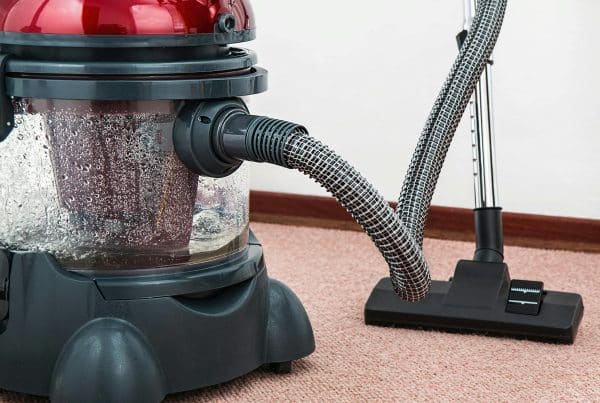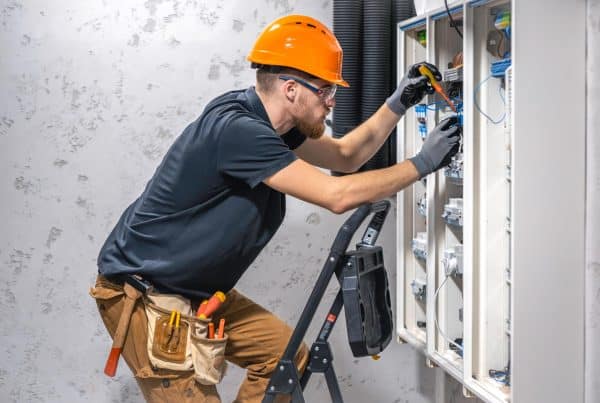If you’re unfamiliar with the many types of insulation, you may believe all insulation is fluffy pink fiberglass insulation like the stuff you usually see. If you want to be more energy-efficient, fiberglass insulation isn’t the only kind of insulation available.
Spray foam insulation, in fact, is one of the most efficient ways of conserving energy and improving your house’s comfort. If you’re unsure where to start when it comes to insulating your home, we’ve got you covered with this blog post. We are going to explore different facts regarding this method to help you determine exactly what you need for your home!

What is it?
Spray foam insulation, often called foamed polyurethane or cellulose insulation, is a two-part spray material used to insulate and seal the spaces between walls, floors, and ceiling cavities against airflow.
Such includes distinct house spaces like those electric ports, outlets, fixtures, and also around windows and doors.
Spray foam can be sprayed into open cavities, such as those found in new construction, attics, crawl spaces, and rim joists. It may also be utilized in residential and commercial structures. The spray foam can be applied as long as the openings are accessible and there is room for it inside.
What is it made of?
When two liquids are combined during its manufacture, a chemical reaction occurs that forms the spray polyurethane foam. The two liquids are delivered from separate containers or drums, so when contractors speak about one container being labeled as the “A” side and another as the “B” side; they usually mean this.
The “A” side of the mixture generally contains methylene diphenyl diisocyanate and polymeric methylene diphenyl diisocyanate. The “B” side is usually made up of polyalcohols, reaction catalysts, blowing ingredients, flame retardants, and surfactants. When the “B” side is introduced to the “A” side, there is a reaction creating the foam.
Are there any types of spray foams?
Spray-injected insulation is available in open-cell and closed-cell forms.
Open-Cell Polyurethane Spray Foam
There are two distinct kinds of spray foam insulation available for use in insulating your home’s walls, ceilings, attic, and base. Open-cell polyurethane foam insulation (also known as half-pound foam) is usually the less expensive option.
Open-cell foam is not a good moisture, water, or vapor barrier. As a result, it can’t be used in places where moisture or vapor exposure is probable. In dry areas such as walls and attics, open-cell polyurethane foam insulation may limit air leakage while providing high R-value insulation.
Closed-Cell Polyurethane Spray Foam
Closed-cell polyurethane foam, often referred to as two-pound foam, is more dense and resistant to air and moisture. This sort of foam insulation is most frequently used as an insulator for foundations and anywhere else in the home where a vapor barrier is required because of its ability to repel moisture or vapor.
However, this option can be quite hefty.
How advantageous is it over Fiberglass insulation?
The simplest approach to compare different types of insulation is to put them side-by-side next to fiberglass insulation, which most of us are familiar with.
Here are some of the spray foam insulation superiority over the said traditional fiberglass-using process.
- Better energy efficiency for your home
- Has a fire-resistant ingredient
- The R-Value of closed-cell foam is approximately 300 percent greater than that of fiberglass
- Aid in providing more structural integrity
- It houses more longevity in its arsenal
- Can provide a more secure moisture barrier
It is also more expensive, which is one of the reasons why it isn’t being used as the gold standard in new construction these days.
However, if you want to make your home more energy-efficient, you’ll have to consider the expenses. Throughout a building’s life, the savings from greater R-value foams and foams that last longer will more than compensate for things.
How does the foam go to work?
Both kinds of foams insulate your home while producing an airtight seal.

The insulation can also provide several advantages, including sound dampening qualities, mold resistance, and the ability to minimize airflow. It may also assist you to save money on your energy bills every month.
But its most important function is its impact on heat conduction and convection, which affect the comfort and energy efficiency of your home. The overall task is to prevent heat transfer into or out of a room, which regulates the temperature regardless of fluctuations.
In addition, many homes confront air leakage, which contributes to energy loss and uncomfortable drafts, cold floors, and ice dams – all of which can cost a lot in terms of heating and cooling expenses.
The finished double-layer spray foam is a two-dimensional, open-cell spray foam insulation that may expand up to 100 times its initial volume to fill every nook and corner of the cavity, avoiding any air leaks!
Does it possess any drawbacks?
The blowing chemicals used in these foam products might have an exceptionally higher global warming potential, which is why many green building professionals advise avoiding them.
The tiny bubbles or air pockets within polyurethane foam that provide this insulation option its high R-values. The foam, on the other hand, necessitates the use of a blowing agent to create these bubbles or air pockets.
Where can it be applied?
Spray foam insulation may be used in any area of the house, including walls, roofs, attics, and foundations. You will need to use closed-cell polyurethane spray foam in places where moisture or vapor are a problem, however. Insulating a foundation is impossible with open-cell insulation.

How about its longevity?
Installed foams are extremely durable, and it’s been claimed that it may survive for up to 70-80 years. When open-cell polyurethane foam is utilized in locations where moisture or vapor damage might occur, the main trouble or problem arises.
To prevent it, choose the slightly more expensive closed-cell foam insulation if you want improved durability. However, it’s worth noting that as with all recent technologies, they can even excel or deteriorate down the road.
Does it really lower home utility expenses?
According to the Department of Energy, air spillage might account for as much as 40% of the energy cost to heat and cool your home. This is like leaving a window open 24 hours a day, every day of the year.
Spray foam offers excellent air sealing and resistance to the single greatest source of heat transfer, which is air leakage.
Is there anyone who can install it for you?
Spray foam insulation should be installed by experts. During the installation, it is advised that residents vacate their homes to allow the specialists to take care of things.
Companies like iFoam can handle all of it for you. As seen on iFoam, the installation process is quite difficult and during both the spraying and curing of sprayed-on foam insulation, large amounts of hazardous volatile organic compounds are released. Holding them responsible for the entire insulating endeavor will ensure the utmost functionality of your system!
With this, keep away from the house until the curing process is complete, which is generally 1-3 days depending on how quickly you can get rid of smoke odors. So, waste no time, consider these facts, and make your home as comfortable as it can be!







